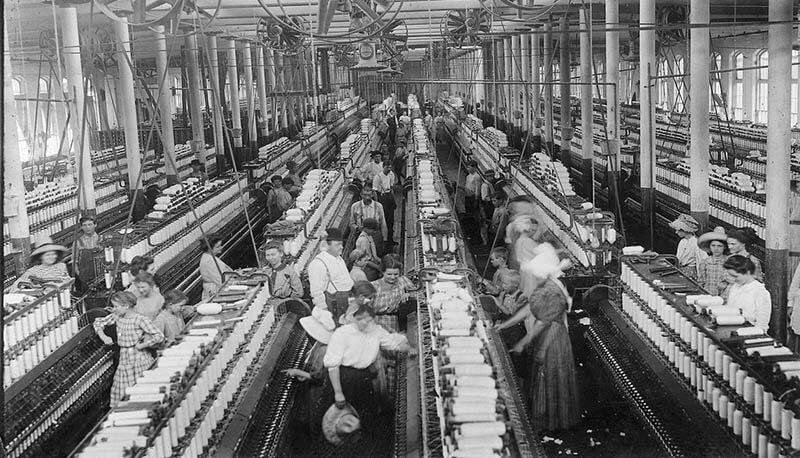Concetti Chiave
- The 18th century saw a division into two main classes: owners and workers, highlighting a stark contrast between rich and poor.
- English landlords grew wealthy by exploiting lands and minerals, offering enrichment opportunities to those leasing farms and industrial sites.
- England's transformation into a consumer society increased demand for luxury goods.
- Population shifted to the north and midlands for factory jobs near coalfields, resulting in the emergence of 'mushroom towns' for workers.
- Industrial cities faced poor living conditions, with long work hours, low wages, pollution, and lacking basic public services.
Division of classes
In the second half of the 18th century the nation came to be divided into tow main classes: the owners, or wage-payers, and the workers, or wage-earners.
The difference between rich and poor people.
English landlords became extraordinarily rich thanks to the freedom they had to take advantage from their lands, making money from the minerals extracted from the soil. Doing so, they also provided opportunities for enrichment to those who leased their farms, and the mines and industrial sites around them.
Rise of consumer society
Wealth turned England into a consumer society, so people started demanding ‘luxuries’.
In these years there was a shifting of population from the agricultural and commercial areas of the south to the north and the midlands, where the new factories were built near the coalfields that provided them the fuel.
Small towns, the so-call ‘mushrooms towns’, were constructed to house the workers.
Women and children could be paid less and were easier to control, and children were so small that the could easily move in mines or between the machines to repair them.
The labourers had long working hours, low wages and appalling living conditions.
Industrial cities lacked elementary public services – water-supply, sanitation, street-cleaning, open spaces; the air and the water were polluted, and the houses were overcrowded.







 Accedi a tutti gli appunti
Accedi a tutti gli appunti
 Tutor AI: studia meglio e in meno tempo
Tutor AI: studia meglio e in meno tempo